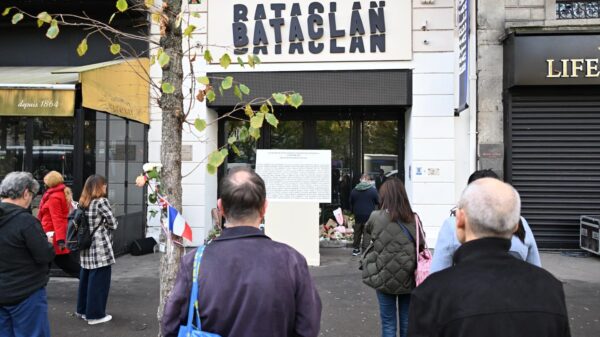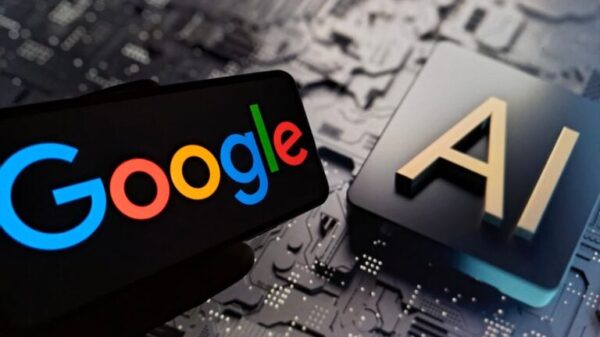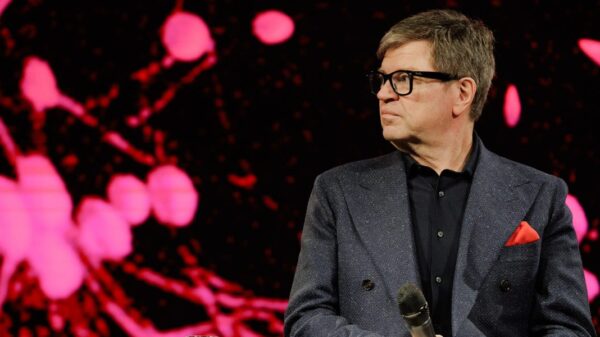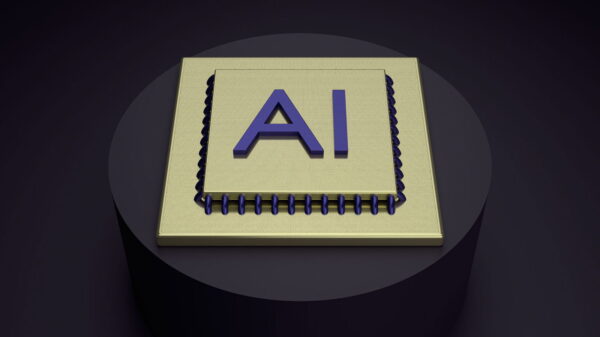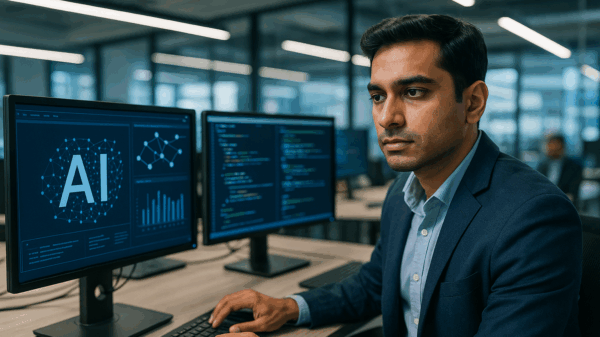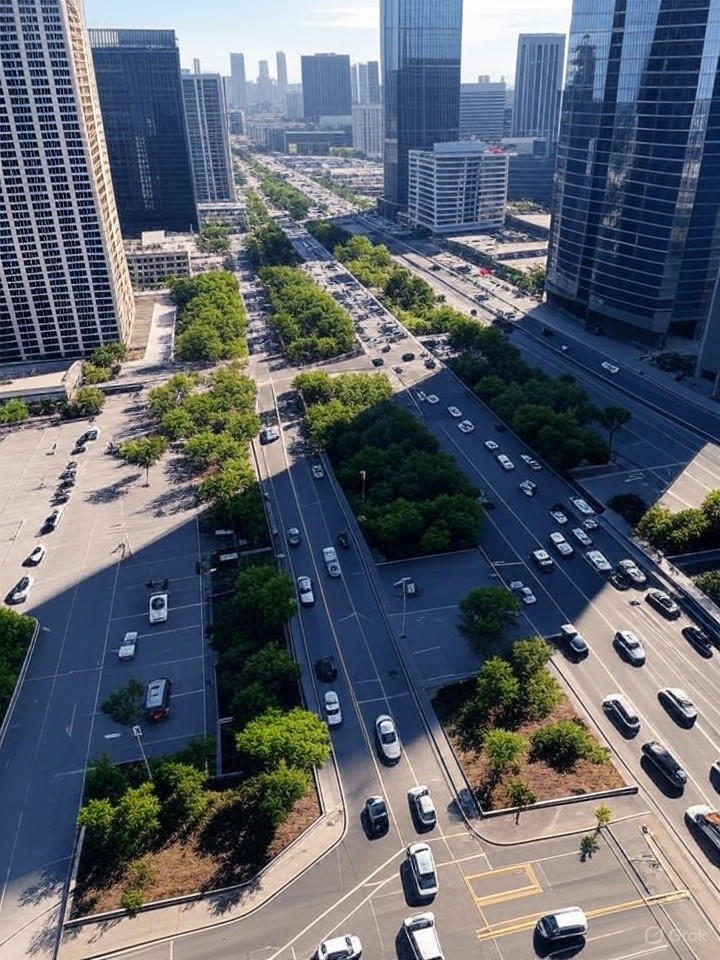In a thought-provoking post on X, Andrej Karpathy, the former head of AI at Tesla, shared his vision for how self-driving cars could dramatically alter urban landscapes. His comments have ignited discussions about the potential of autonomous vehicles to “terraform” cities by minimizing parking needs, noise, and risks associated with traditional driving. Drawing from his extensive experience at Tesla, where he led AI development from 2017 to 2022, Karpathy expressed his enthusiasm for the advancements in this technology.
On November 13, 2025, Karpathy stated, “I am unreasonably excited about self-driving. It will be the first technology in many decades to visibly terraform outdoor physical spaces and way of life.” He highlighted how reduced reliance on parking lots could free up space for parks, residential areas, and pedestrian-friendly zones. This perspective aligns with ongoing discussions regarding the reclamation of urban land, currently dominated by parking infrastructure.
Industry experts have echoed Karpathy”s thoughts, noting that the proliferation of autonomous fleets could lead to fewer idle vehicles and more efficient use of urban spaces. Reports from Business Insider detail how the implications of Karpathy”s vision might transform city life, making it quieter and safer for residents.
Karpathy”s background in AI, including his co-founding of OpenAI and work with AI pioneer Geoffrey Hinton, adds weight to his predictions. He has advocated for data-driven machine learning approaches throughout his career. At Tesla, he championed a vision-centric approach to self-driving technology, relying on cameras and neural networks instead of more expensive LiDAR systems.
See also AI Tools Boost Real Estate Marketing: Mina Blazy and Carrie Little Share Effective Strategies
AI Tools Boost Real Estate Marketing: Mina Blazy and Carrie Little Share Effective StrategiesDespite his optimism, Karpathy has cautioned against overhyping the technology. He noted in a June 2025 interview that although significant progress has been made, full autonomy remains a work in progress. His cautious yet hopeful tone reflects a balanced view of the potential and challenges of self-driving technology.
Recent advancements, such as Tesla”s Hardware 4 (HW4), have impressed even Karpathy, who described a flawless driving experience in a November 2025 post. He remarked that Tesla”s approach, which leverages data from millions of vehicles, positions it competitively against other players in the market, particularly Waymo, which he has critiqued for its heavy reliance on hardware.
Karpathy”s concept of “terraforming” urban spaces extends beyond mere technology; it suggests a fundamental redesign of societal structures. His vision portrays quieter streets with more green spaces and improved safety, prompting urban planners to rethink land use in light of fewer parking requirements. Discussions on X illustrate a growing recognition that the transition to autonomy will not be instantaneous but could eventually lead to significant urban transformation.
As Karpathy continues his work at Eureka Labs, focusing on AI education, his insights remain influential. His journey from OpenAI to Tesla and back underscores a commitment to advancing the frontiers of artificial intelligence. Analysts have noted his capacity to inspire, with predictions about Tesla”s scalability and leadership in the self-driving domain gaining traction.
In conclusion, Karpathy”s vision for self-driving cars encapsulates the transformative potential of this technology, promising to redefine urban living significantly in the years to come.

